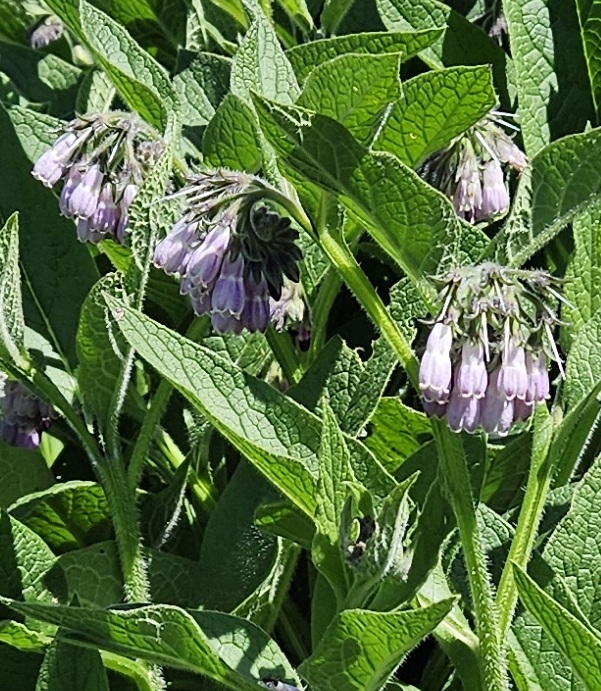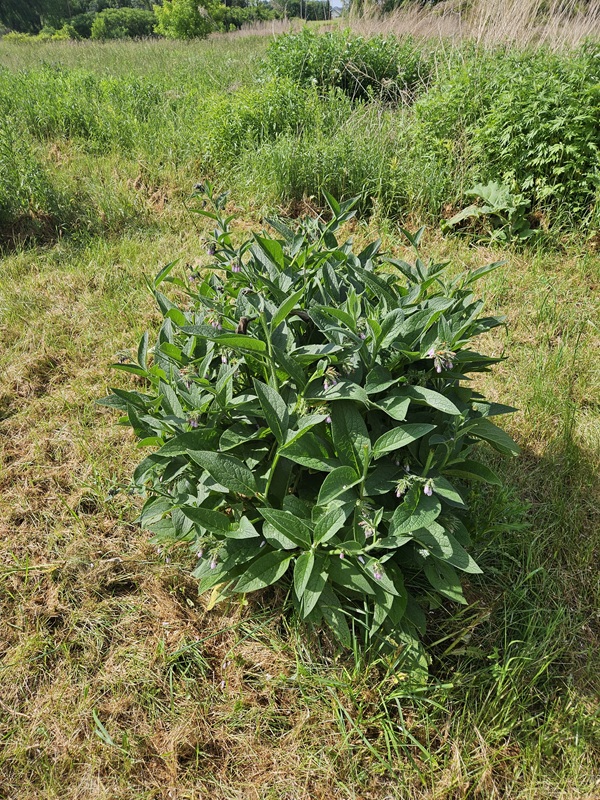Bocking 14 was developed in the 1950s by Lawrence D. Hills at the Henry Doubleday Research Association (now Garden Organic) in Bocking, Essex, UK. It was part of a series of comfrey cultivars developed and tested for specific characteristics.
Hills selected and propagated different comfrey strains, numbering them according to their performance. Bocking 14 emerged as the superior variety for general garden use due to its high potassium content, vigorous growth, and sterile nature.
Bocking 14 is a sterile hybrid, meaning it doesn't produce viable seeds. This makes it much easier to control in the garden compared to common comfrey. Learn more about comfrey's potential to spread aggressively.


